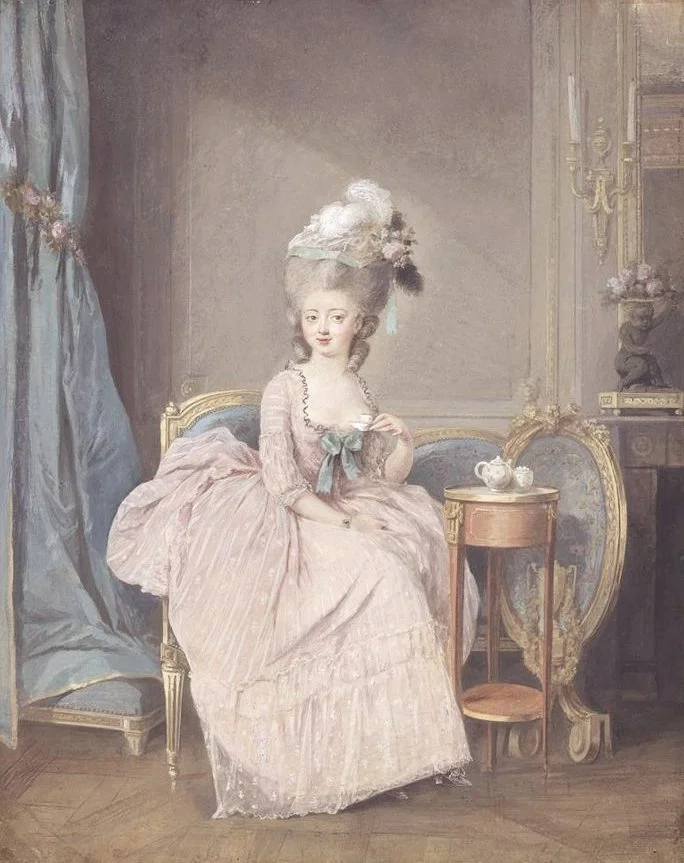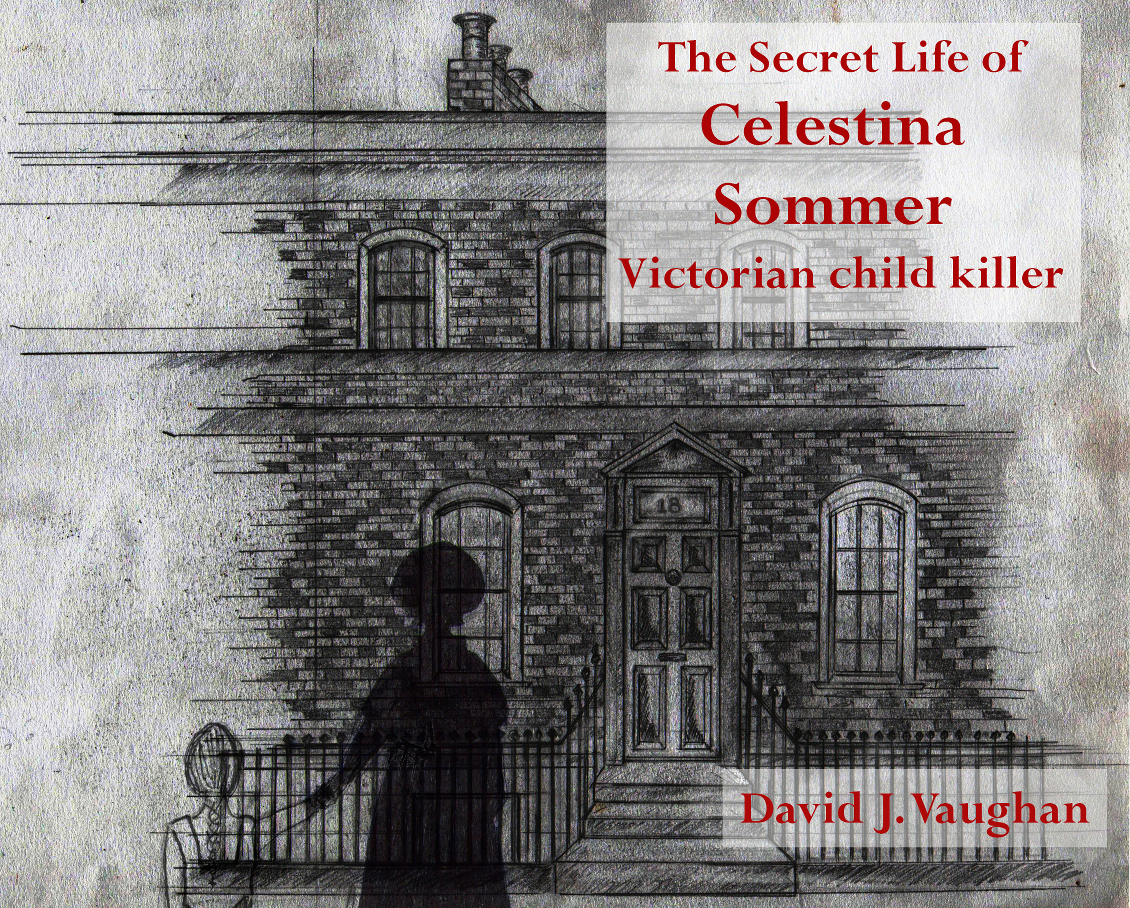Portuguese princess Catherine of Braganza brought a daily habit of drinking tea to England. The young princess double-checked every sea chest that would be loaded onto the boat, set to sail with her to the new country where she would soon become queen. Among the lavish dresses, jewelry, and fabrics, there was something unusual—an item that would change the habits of aristocratic life throughout England. Dried tea leaves awaited in the chest, ready to be introduced into the new society.
Kateryna Dronova explains.
Catherine of Braganza, circa 1663-65. By Peter Lely.
From a Portuguese princess to the queen of England
Born in 1638, Catherine of Braganza was the daughter of João IV of Portugal and Luisa de Guzmán. She was one of their five children. While her remarkable mother focused on sheltering her children and tending to their education, her father led a rebellion against Spain.
During that time, João IV was offered the Portuguese crown, and at his wife's urging, he accepted. The family relocated to Lisbon, where he was crowned King João IV. Portugal continued to fight for its independence from Spain, receiving little support from other European nations. All these events likely shaped Catherine and helped her understand the importance of alliances for the pursuit of independence.
In 1644, King João gained a crucial victory against Spain. It was the right time to ally. That’s why the ambassador traveled to England to initiate marriage negotiations between his daughter, Catherine, and King Charles I's eldest son, Charles. Negotiations failed to materialize because of the raging English Civil War that engulfed the nation.
King Afonso ascended to the throne after his father's death in 1656, while his mother, Luisa, assumed the role of regent. She dedicated her time to fighting for Portugal's independence through both military and commercial methods to resist Spanish control. She also committed countless years to facilitating the marriage between her daughter, Catherine, and Charles Stuart, as she recognized the strategic importance of alliances.
The big wedding plan comes true because, during Oliver Cromwell's rule as Protector of England, Charles Stuart spent a prolonged period in exile. English people welcomed back their true monarch after Cromwell's death in the spring of 1660, when Charles returned as King Charles II. The growing political stability of England led to the successful completion of plans for Catherine's marriage to Charles.
Towards a New Life
The wide hoop skirt swept across the floor as Catherine hurried to bid her mother farewell. The Queen Mother of Portugal looked at her daughter, the future Queen of England, with pride—Catherine had accomplished what every princess dreams of achieving. At twenty-three, she had blossomed into a serene and composed young woman, ready to be a queen.
The English ship "Royal Charles" lay anchored at the Tagus River, ready for departure, with all arrangements finalized. The majestic vessel, boasting a crew of 680 and an impressive array of brass cannons, awaited Catherine as she made her way to its side. Accompanying her were dried tea leaves, which would soon become a prized treasure for a future queen.
She arrived in Portsmouth on May 13, 1662, dressed in English attire and radiating happiness. A gilded state coach took her through the town's streets, allowing the people to catch a glimpse of her as she passed by. From there, she was escorted to the King's House, the residence of the Governor of Portsmouth.
On May 21, 1662, the couple was married in Portsmouth in two ceremonies: a private, solemn Catholic service, followed by a public Anglican ceremony. However, even at this joyous moment, people began to criticize Catherine for her appearance and reserved demeanor. Her struggles with the English language only added to the challenges she faced. Despite this, Charles appeared pleased with her grace and comportment, and their early days of marriage were filled with contentment. Catherine, in turn, fell hopelessly in love with the King.
A lady drinking tea. Niclas Lafrensen, 18th century.
Tea, Please
The Portuguese were the pioneers among Europeans in the commercial trade of tea, initially transporting their cargo to Lisbon before distributing it to other nations such as France and Holland. While Portugal took the lead in this burgeoning trade, England was notably the last European country to establish maritime routes in pursuit of tea at that time. This late entry into the tea trade ultimately had a profound impact on English culture and society, as tea became an integral part of daily life in Britain.
A significant clash of courtly cultures characterized Catherine of Braganza’s early years in England. As the new queen consort, she and her Portuguese entourage faced ridicule for their distinctive attire, particularly the guardainfantes—large hoop skirts that were popular in the Iberian Peninsula. Additionally, the unfamiliar style of music played by her musicians did not resonate well with the English court, which was increasingly influenced by the French fashion and musical trends that dominated many European centers in the latter half of the seventeenth century.
These negative impressions led Catherine to embrace local customs and fashions, allowing her to better integrate into her new environment. At the same time, she introduced something distinctly her own to the English court: her love for tea drinking, which the court eventually adopted as well.
This practice not only caught the attention of the English aristocracy but also inspired them to adopt the ritual as a fashionable pastime. As Catherine elegantly enjoyed her tea, it became a symbol of sophistication and refinement, leading to its emergence as a staple in English social life.
British society underwent significant dietary changes due to tea's profound impact on the nation. Traditional heavy meals, consisting of breakfast and dinner, began to include tea consumption, which transformed the way people consumed food and beverages.
The evening meal was divided into two separate tea services, which became known as high tea and low tea. High tea, served during late afternoon or early evening hours, included meat and hearty dishes as part of its menu, which made it popular among upper- and middle-class society. Low tea served during mid-afternoon hours presented a refined dining experience with light food options, including dainty sandwiches and sweet treats. The tea service presentation focused on elegance, serving upper-class social gatherings where people displayed their refined tastes.
Catherine’s daily tea ceremonies evolved into significant social events at the English court, drawing the attention of ladies and aristocrats who would gather to partake in the ceremony. This engagement not only fostered social interaction but also played a key role in popularizing the custom throughout aristocratic circles, creating a ripple effect that contributed to the integration of tea into English society.
Life After England
Queen Catherine remained essentially detached from English politics, though she kept a keen eye on events unfolding in her homeland of Portugal. In 1665, she began the construction of a religious establishment to the east of St. James, which was completed by 1667 and became known as The Friary. Following the death of the King’s mother in 1669, she took residence at Somerset House in 1671.
Not for so long had her brother, King Pedro II, been unable to govern, and her nephews were too young to take on the throne. Consequently, in 1704, Catherine was appointed regent, a role reminiscent of her mother’s position after her father’s passing.
Catherine demonstrated exceptional leadership abilities, enabling her to successfully lead military operations and navigate complex national issues with great skill. Her leadership earned widespread admiration because she demonstrated both bravery and wisdom in governing her nation. Catherine maintained her position until December 31, 1705, when she passed away before being buried in the Royal Pantheon of the distinguished Braganza Dynasty. Her final resting place honors her lasting impact, which is still celebrated throughout Portugal today.
Although her impact on British history is less well-known than that of other notable figures, Catherine left a substantial cultural mark. The English nation adopted tea drinking thanks to Catherine, who brought this practice from abroad, thus changing the country's beverage preferences from ale to tea. The fundamental change brought about new social traditions, which developed into the traditional British tea culture. British culture continues to benefit from Catherine's leadership through the conventional afternoon tea customs, the growth of tea houses, and the essential role tea plays in social interactions across the United Kingdom.
Did you find that piece interesting? If so, join us for free by clicking here.








